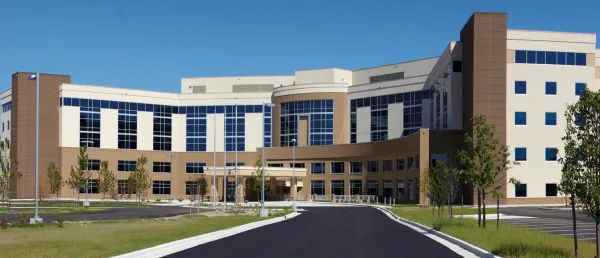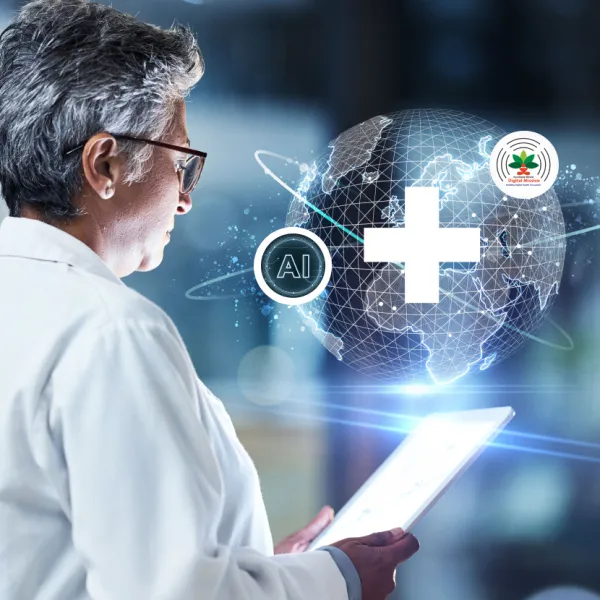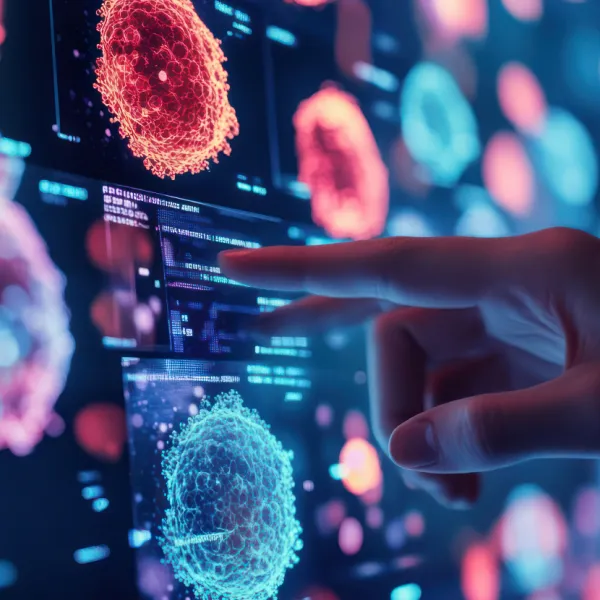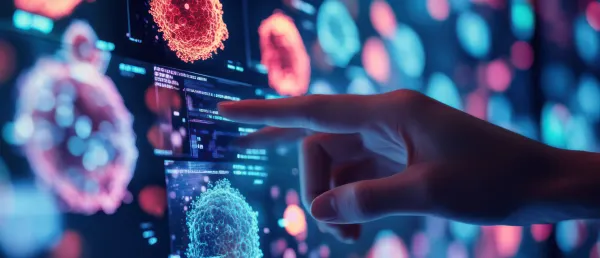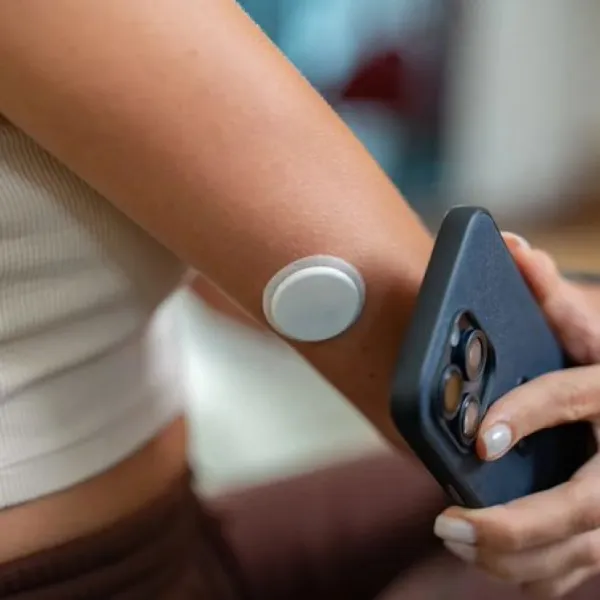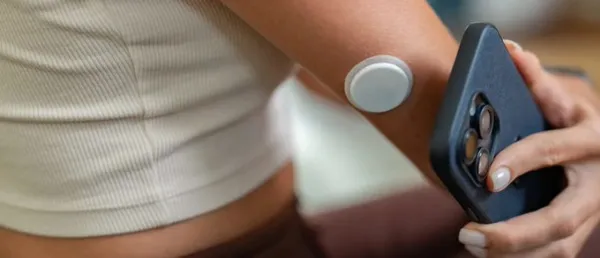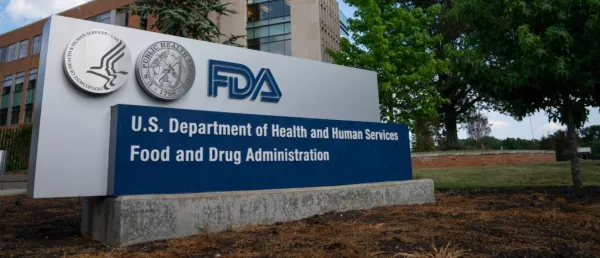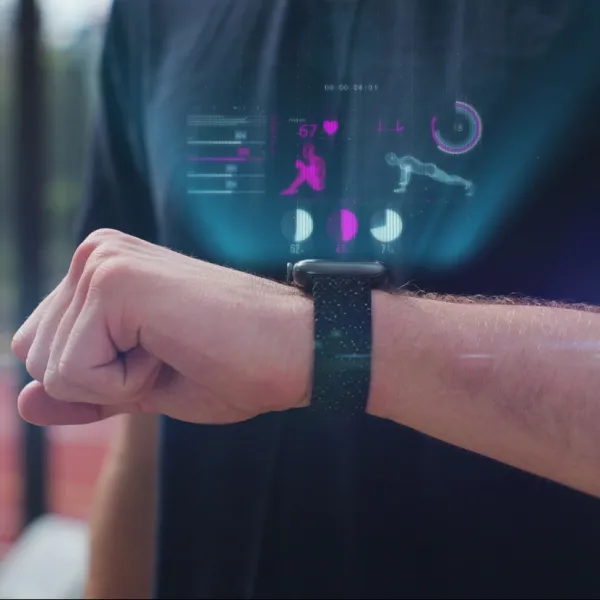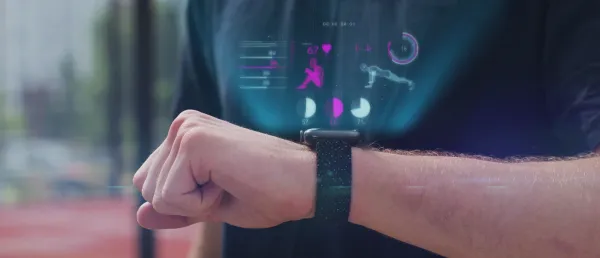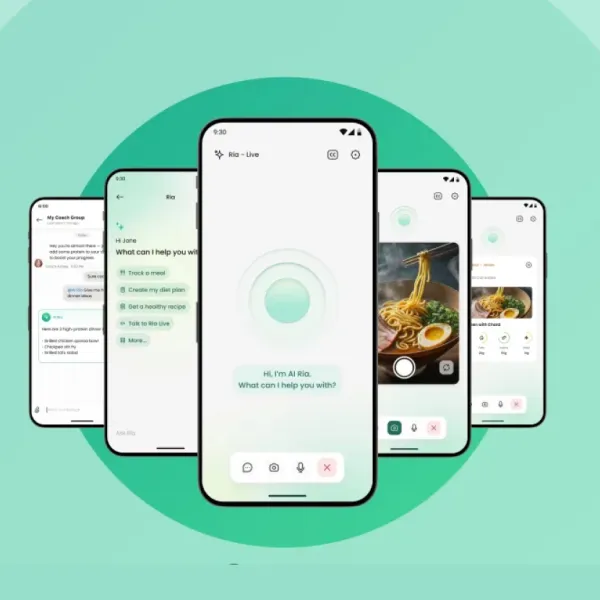NIT Rourkela Unveils Label-Free Biosensor for Early Breast Cancer Detection

Based on semiconductor technology, the label-free biosensor offers enhanced accuracy in distinguishing cancerous from healthy breast cells.
Researchers at the National Institute of Technology (NIT) Rourkela have developed a biosensor to identify breast cancer cells without adding chemicals or complex laboratory infrastructure.
Based on semiconductor technology, the label-free biosensor offers enhanced accuracy in distinguishing cancerous from healthy breast cells.
The project was led by Prof. Prasanna Kumar Sahu, Department of Electrical Engineering, and his research scholar, Dr. Priyanka Karmakar. Their findings have been published in the journal Microsystem Technologies.
Breast cancer, a growing public health issue in India, often goes undetected in its early stages due to a lack of accessible diagnostic tools. Traditional methods like mammography, MRI, and ELISA require specialised equipment and trained professionals, making them less viable in rural and underserved areas. The COVID-19 pandemic further exposed limitations in access to routine screenings.
TFET-Based Sensor Detects Dielectric Properties of Cancer Cells
To address these issues, the NIT Rourkela team introduced a biosensor using Tunnel Field Effect Transistor (TFET) technology. The sensor identifies cancerous cells based on their dielectric properties—specifically, how they interact with microwave radiation. Cancer cells are denser and contain more water than healthy cells, allowing the sensor to detect differences quickly and with high sensitivity.
Prof. Sahu explained, “A small cavity is etched into the transistor under the gate area, and an equivalent material of biological sample of cells is placed in the cavity to check the sensitivities of the device. The sensor then reads changes in electrical signals based on the properties of the sample, essentially ‘sensing’ whether the cells are cancerous or healthy. Because cancer cells like T47D have a higher dielectric constant than healthy ones like MCF-10A, the sensor picks up these differences quickly and with high precision.”
Alternative to Conventional Methods
The biosensor does not require added reagents or labelling agents, making it a cost-effective solution compared to conventional diagnostics. The team emphasised that this technology could make early breast cancer detection more accessible in clinical settings, mobile units, and home environments.
The research group is now looking into potential collaborations for the fabrication and scientific validation of the device.
Stay tuned for more such updates on Digital Health News








